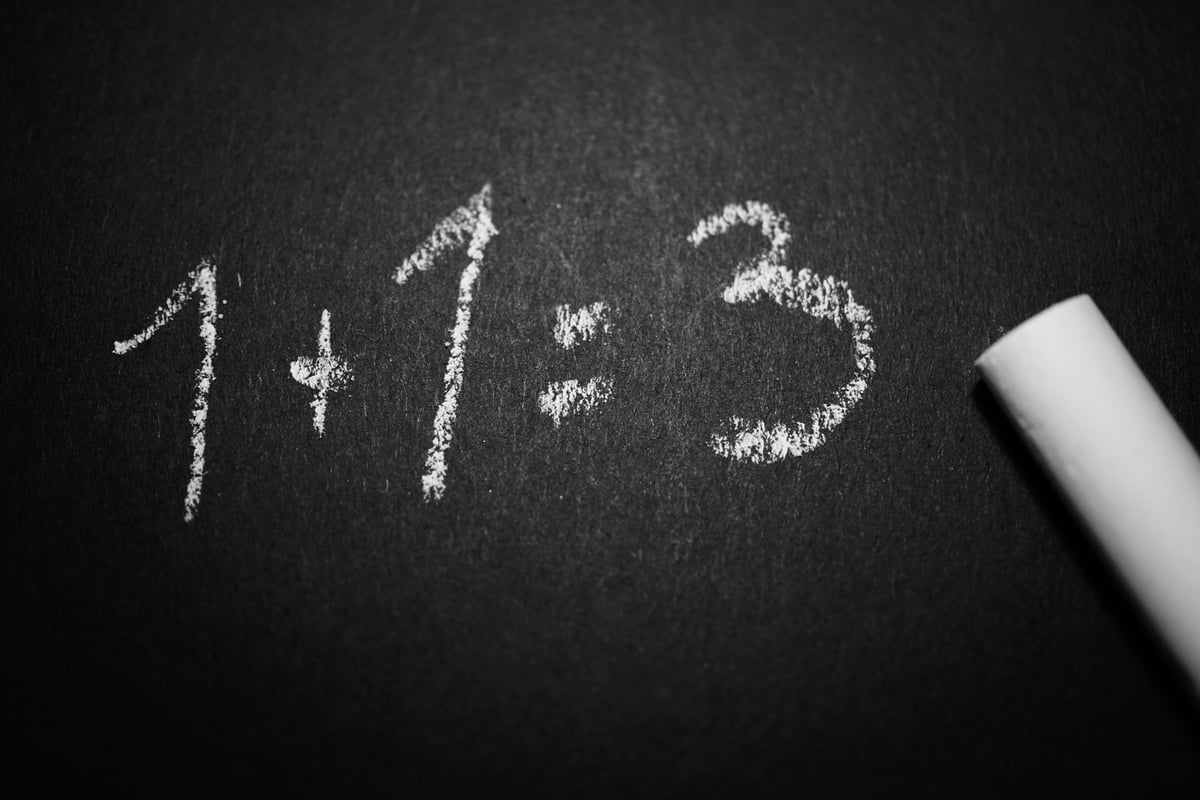7 Common Accounting Errors and How to Correct Them
Committing mistakes in accounting is inevitable no matter how careful or detail-oriented you think you are. If left unattended, these seemingly trivial errors may lead to negative consequences. Prevent this from happening by getting yourself familiar with the common accounting errors and how to correct them.

What is an accounting error?
An accounting error refers to any mistake you’ve unintentionally made when entering or processing financial data. It can happen due to several factors such as outdated software, limited accounting knowledge, or carelessness. Depending on the gravity of error, it can leave minor to significant effects on your business. Either way, you must detect and correct it as early as possible to avoid any problems in the future.
How to spot and prevent common accounting errors?
Before finalizing your financial reports and submitting them to concerned bodies, it’s important to double-check all information for accuracy.
One of the best ways is to reconcile all your accounts. You can do this by comparing two sets of data (i.e., internal financial records vs financial statements from a third party) against each other to see if there are discrepancies.
The use of double-entry bookkeeping also lets you come up with accurate reports. This system requires you to input financial data in at least two separate accounts. If the numbers don’t match, there’s probably an error somewhere — providing you with an early warning signal. This method may consume more time but it guarantees you a clean book that is free of accounting errors.
Another way to minimize errors is by automating your accounting processes through cloud accounting software. However, even with the use of accounting software, it’s still crucial to balance your books through reconciliation. Technology can speed up the process but it does not guarantee 100% accuracy yet. Human intervention remains a must in accounting.
Common accounting errors and how to correct them
These are the common accounting errors you must look out for:
Data entry errors
Also called an error of original entry or subsidiary entry, a data entry error is a mistake made when entering data into your account. As the initial point of entry, this is a big deal because even a single mistake can snowball into several other accounting errors.
Error of transposition
It occurs when you reverse two numbers in your record. For instance, instead of entering an expense as £150, you record it as £510. That’s a £360 difference! If the difference is divisible by nine (e.g., 360 divided by 9) there’s likely a transposition error.
Error of commission
It happens when you:
- posted the wrong amount to the correct account,
- posted the correct amount to the wrong account like recording it on your receivables instead of payable (entry reversal),
- posted the same amount twice in your ledger (duplication), or
- created a mistake in totaling or balancing.
Error of omission
It is considered an error of omission if you fail to document a financial transaction into your accounting records.
Compensating error
A compensating error happens when two entries recompense each other, making the books appear balanced. For example, if you mistakenly added £500 to your expenses and you also recorded the same amount in your revenue, your balance sheet will look equal even if the items are wrong.
Unlike the other accounting errors, this one is harder to detect.
Error of principle
This error takes place when you violate an accounting principle such as the Generally Accepted Accounting Principle (GAAP) or the one followed by your company. An example of this error is mixing up your personal expenses with business expenses or confusing debits with credits.
Failure to resolve errors of principle before submitting your financial statement report can lead to costly repercussions.
Rounding errors
Rounding up numbers may seem normal but it can still create inaccuracies in your financial report. At first look, its effects are insignificant. However, it can be the cause of a series of errors in your accounting. Both humans and software can make this mistake.
How to correct accounting errors
Using a correcting entry — a journal entry used to correct erroneous data — is the most ideal way of correcting accounting errors.
Here are some steps you can follow when correcting errors:
- Identify the errors in your accounts as well as the affected accounting period.
- After this, determine the amount you need to adjust.
You should also take note that it is recommended to endorse this activity to an experienced accounting staff who has a good understanding of the processes involved. It is even better if another person, aside from the accountant, can go over the correcting entry to verify its validity and accuracy.
Detecting and correcting accounting errors are time-consuming. This is why prevention is always better than cure. Make sure to record your financial transactions right away and reconcile your books regularly to avoid committing errors.
In addition, hiring an accountant who has a deep knowledge of accounting principles and processes is a good investment. Not only you can maintain clean books but you can also get your hands and mind off the intricacies of accounting.
Ready to improve your accounting operations? Hire an accountant with D&V Philippines. Get in touch with us today to learn the best-fit solution for your business. And if you need to know more before making your next step, you can download our whitepaper Outsourcing: How to Make it Work.



